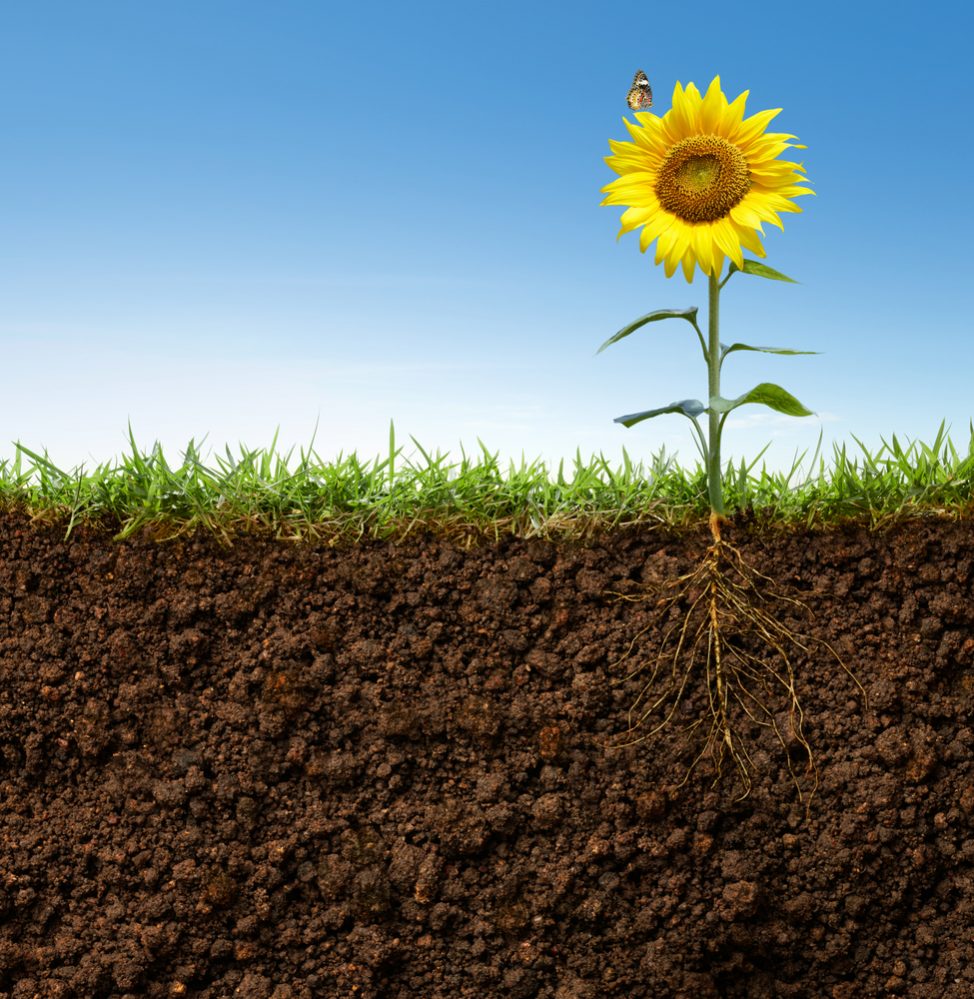Choosing the Right Variety for Your Climate
Selecting the right sunflower variety for your region’s climate and growing conditions is crucial for a successful harvest. With so many varieties to choose from, it’s essential to consider factors such as days to maturity, growth habit, and disease resistance. For example, if you live in an area with a short growing season, you may want to opt for a variety like ‘Early Wonder’ or ‘Sungold’, which can mature in as little as 50 days. On the other hand, if you have a longer growing season, you may want to consider a variety like ‘Mammoth’ or ‘Velvet Queen’, which can take up to 120 days to mature but produce larger, more vibrant blooms. Understanding how long to grow sunflowers and choosing a variety that fits your climate and growing conditions can make all the difference in achieving sunflower success.
Preparing the Soil for Optimal Growth
Before planting sunflowers, it’s essential to prepare the soil to ensure optimal growth. Sunflowers require a well-draining, fertile soil with a pH between 6.0 and 7.0. To achieve this, start by testing the pH level of your soil using a soil testing kit. If the pH level is too high or too low, add lime or sulfur accordingly to adjust the pH. Next, add organic matter such as compost or well-rotted manure to improve soil structure and fertility. This will help to increase the water-holding capacity of the soil, reducing the need for frequent watering. Additionally, remove any weeds or debris from the soil to prevent competition for nutrients and water. By preparing the soil properly, you can create an ideal environment for your sunflowers to grow, which can help to reduce the time it takes to grow sunflowers and increase the chances of a successful harvest.
How to Plant Sunflowers for Maximum Success
Planting sunflowers requires careful attention to detail to ensure optimal growth and development. To start, choose a location that receives full sun and has well-draining soil. Sow seeds 1 inch deep and 6 inches apart in late spring or early summer, when the soil has warmed up to at least 60°F. Water the soil gently but thoroughly after planting, and keep the soil consistently moist during the first few weeks after planting. As the plants grow, thin them out to 12 inches apart to allow for proper air circulation and sunlight penetration. When planting, consider the mature height of the variety you are growing, as some sunflowers can grow to be over 12 feet tall. By following these steps, you can set your sunflowers up for success and reduce the time it takes to grow sunflowers. With proper care and attention, you can enjoy a bountiful harvest of towering blooms in as little as 60 to 90 days, depending on the variety.
The Magic of Sunflower Growth: What to Expect
Sunflowers go through several stages of growth, each with its own unique characteristics and timelines. The first stage, germination, typically occurs within 7-10 days after planting, when the seeds sprout and emerge from the soil. During this stage, it’s essential to keep the soil consistently moist to support seedling development. As the seedlings grow, they will develop their first set of leaves, followed by a second set of larger leaves. This stage, known as seedling development, usually lasts around 1-2 weeks. After about 30-40 days, the sunflowers will begin to produce buds, which will eventually bloom into beautiful flowers. The blooming stage can last anywhere from 1-2 weeks, depending on the variety and growing conditions. Understanding these stages of growth can help you anticipate how long to grow sunflowers and provide the necessary care to support their development. By knowing what to expect, you can enjoy a successful harvest of towering blooms in as little as 60 to 90 days, depending on the variety.
Nurturing Your Sunflowers: Watering, Fertilizing, and Pruning
To promote healthy growth and maximize blooming potential, it’s essential to provide sunflowers with proper care. Watering is crucial, especially during the first few weeks after planting. Aim to provide about 1 inch of water per week, either through rainfall or irrigation. As the plants grow, reduce watering to about 1/2 inch per week to encourage deep root growth. Fertilization is also vital, as sunflowers are heavy feeders. Apply a balanced fertilizer (such as 10-10-10 NPK) once a month, starting when the plants are about 6 inches tall. Pruning is another important aspect of sunflower care. Remove any weak or spindly growth to direct the plant’s energy towards producing larger blooms. Additionally, consider removing the terminal bud to encourage branching and more blooms. By following these care tips, you can create an ideal environment for your sunflowers to thrive and reach their full potential, ultimately reducing the time it takes to grow sunflowers. With proper care, you can enjoy a bountiful harvest of towering blooms in as little as 60 to 90 days, depending on the variety.
Common Challenges and Solutions for Sunflower Growers
Despite their hardiness, sunflowers can be susceptible to various challenges that can impact their growth and blooming potential. One common issue is pests, such as aphids, whiteflies, and spider mites, which can be controlled using organic pest control methods like neem oil and insecticidal soap. Another challenge is diseases, like powdery mildew and downy mildew, which can be prevented by providing good air circulation, watering carefully, and applying fungicides as needed. Weather damage, including strong winds and heavy rainfall, can also impact sunflower growth. To mitigate this, provide support for the plants using stakes or cages, and consider planting in a location with some wind protection. Additionally, sunflowers may be affected by nutrient deficiencies, which can be addressed by conducting regular soil tests and adjusting fertilizer applications accordingly. By being aware of these potential challenges and taking proactive steps to address them, sunflower growers can minimize their impact and enjoy a successful harvest, ultimately reducing the time it takes to grow sunflowers. With proper care and attention, sunflowers can thrive and provide a bountiful harvest in as little as 60 to 90 days, depending on the variety.
Timing is Everything: When to Expect Blooms
One of the most exciting moments in sunflower growth is when the blooms finally appear. But how do you know when to expect this momentous occasion? The answer lies in understanding the growth stages of sunflowers and recognizing the signs that indicate blooming is imminent. Typically, sunflowers take around 60 to 90 days to grow from seed to bloom, depending on the variety and growing conditions. During this time, the plants will go through a series of growth stages, including germination, seedling development, and bud formation. As the buds begin to swell and the petals start to unfurl, it’s a sign that blooming is near. Other signs to look for include a change in the color of the buds from green to yellow or red, and the appearance of tiny hairs on the buds. By monitoring these signs and understanding the growth stages of sunflowers, growers can anticipate when their sunflowers will bloom and make the most of this special moment. With proper care and attention, sunflowers can provide a stunning display of blooms in as little as 60 to 90 days, depending on the variety, making it a rewarding experience for growers of all levels.
Enjoying the Fruits of Your Labor: Harvesting and Preserving Sunflowers
After weeks of nurturing and care, the moment of truth finally arrives – it’s time to harvest and preserve your sunflowers The process of harvesting sunflowers is relatively straightforward, but it’s essential to do it correctly to ensure the seeds and petals remain usable. For seed harvesting, wait until the petals have dropped off and the back of the flower head has turned a light brown color. Cut off the head, leaving a few inches of stem attached, and dry it further by hanging it upside down in a warm, dry place. Once the seeds are completely dry, remove them from the head and store them in an airtight container. For petal preservation, simply air-dry the petals or use a desiccant to remove excess moisture. Dried petals can be used in crafts, potpourri, or as a natural dye. With proper harvesting and preservation techniques, sunflower enthusiasts can enjoy the fruits of their labor for months to come, relishing the satisfaction of growing their own towering blooms in as little as 60 to 90 days, depending on the variety. By following these simple steps, growers can extend the life of their sunflowers and reap the rewards of their hard work.







